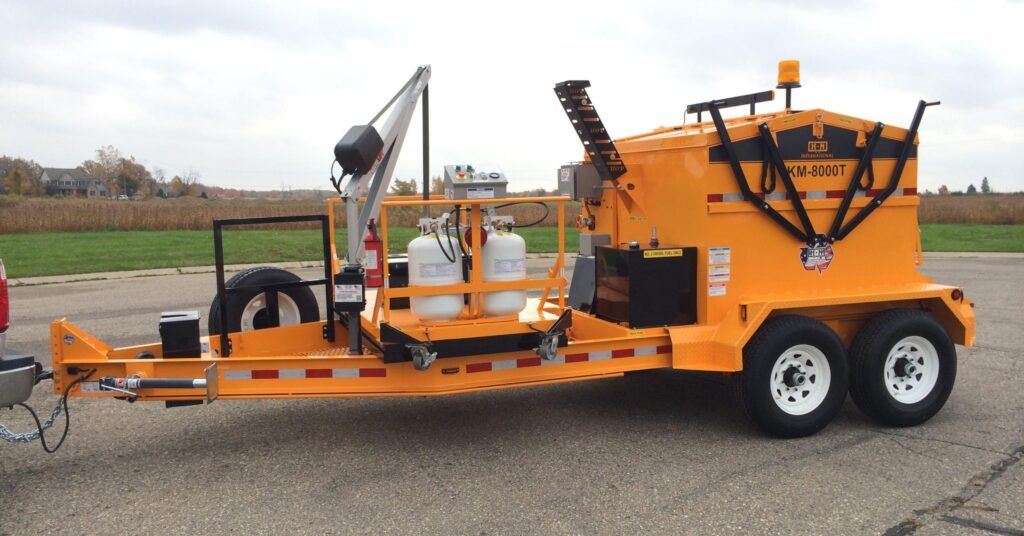Whether you’re a contractor or municipality, asphalt maintenance is a critical task that requires efficient tools. Among these, the asphalt hot box stands out as a versatile and indispensable tool for maintaining the quality of asphalt materials. In this guide, we’ll explore the ins and outs of asphalt hot boxes, answering key questions and providing insights into their usage.
What is an Asphalt Hot Box?
An asphalt hot box is a specialized piece of equipment designed to keep asphalt hot and workable, allowing for efficient and effective pavement repairs. It’s a portable unit that heats and stores asphalt mixtures, preventing them from cooling and solidifying during transportation and between work shifts. Asphalt hot boxes come in various sizes and configurations, catering to different project needs.
How Long Does It Take for a Hot Box to Heat Asphalt?
The heating time of an asphalt hot box varies based on the unit’s capacity, power source, and initial asphalt temperature. Generally, it takes between 1 to 3 hours to heat asphalt to a usable temperature. However, advanced models with enhanced heating mechanisms can significantly reduce this time, allowing for quicker on-site repairs and improved productivity.
How Hot Should a Hot Box for Asphalt Be?
The recommended operating temperature for an asphalt hot box typically ranges between 300°F to 350°F (149°C to 177°C). This temperature range ensures that the asphalt remains workable and can be easily applied to pavement surfaces. Modern hot box units are equipped with temperature controls to maintain consistent and optimal heating levels.
How to Use an Asphalt Hot Box?
Using an asphalt hot box involves several key steps:
- Load the hot box with fresh or reclaimed asphalt material.
- Set the desired temperature on the temperature control panel.
- Allow the asphalt to heat to the specified temperature.
- Transport the hot box to the work site.
- Apply the heated asphalt mixture to the repair area using appropriate tools.
- Properly sealing the hot box after use to prevent heat loss.
Asphalt Hot Box: Rent or Buy?
The decision to rent or buy an asphalt hot box depends on factors such as project frequency, budget constraints, and long-term usage. Renting is suitable for occasional use or short-term projects, as it eliminates upfront costs and maintenance responsibilities. On the other hand, buying offers long-term cost savings and convenience for contractors engaged in frequent asphalt repairs.
Benefits of Owning an Asphalt Hot Box
Owning an asphalt hot box offers numerous benefits, including:
- Increased efficiency in pavement repairs and maintenance.
- Reduced downtime due to ready-to-use heated asphalt.
- Enhanced work quality and pavement longevity.
- Cost savings in the long run compared to frequent rentals.
- Flexibility to address immediate repair needs.
In conclusion, the asphalt hot box is an indispensable tool for professionals in the asphalt industry. Understanding its functionality, usage, and benefits empowers contractors and municipalities to make informed decisions, leading to effective pavement maintenance and high-quality repairs.






